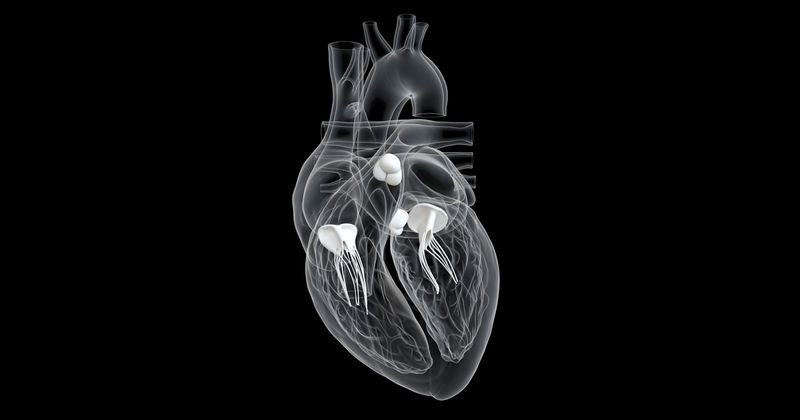At 10 years, valve dysfunction, deterioration less common with TAVR vs. surgery
Key takeaways:
- At 10 years, self-expanding transcatheter aortic valves were less likely to have structural deterioration than surgical aortic valves.
- Clinical outcomes did not differ between the groups at 10 years.
After 10 years of follow-up, a self-expanding transcatheter aortic valve replacement system was linked to lower rates of valve dysfunction and deterioration compared with surgical valves in low-risk patients, researchers reported.
Troels Højsgaard Jørgensen, MD, PhD, from the department of cardiology at Rigshospitalet, Copenhagen University Hospital, Denmark, presented 10-year results of the all-comers NOTION trial of the first-generation self-expanding TAVR system (CoreValve, Medtronic) compared with surgical AVR at the European Society of Cardiology Congress; the presentation included clinical outcomes and valve durability measures. NOTION was the first trial of TAVR in patients at low surgical risk, he said.

Image: Adobe Stock
As Healio previously reported, the main results of NOTION indicated that TAVR was not superior nor inferior to surgery for all-cause death, stroke or MI at 1 year.
“The initial trials randomized patients with extreme or high surgical risk, meaning that they had a high burden of comorbidities, and they had a mean age of 80 years, so at 4 to 5 years of follow-up, 50% of their patient population had died,” Jørgensen said during a presentation. “However, for the NOTION trial, it included its last patient in 2013, and it was the first ... to randomize patients from an all-comers population; they just had to be above 70 years of age. This means that 50% of the population were alive after 8 years. Further, we only lost three patients to follow-up during the 10 years so far.”
At 10 years, 62.7% of the TAVR group and 64% of the surgery group had died (HR = 0.97; 95% CI, 0.72-1.3; P = .84), Jørgensen said, noting there was also no difference between the groups in the primary outcome of death/stroke/MI at 10 years (65.5% in both groups; HR = 0.99; 95% CI, 0.74-1.32; P = .93), nor any differences in all-cause death, CV death, MI, stroke or transient ischemic attack.
New-onset atrial fibrillation was more common in the surgery group and new permanent pacemaker implantation was more common in the TAVR group (P < .0001 for both), and most cases of both of those outcomes had developed by 1 year, he said.
The traditional definition of structural valve deterioration — mean gradient of at least 20 mm Hg or mean gradient change of at least 10 mm Hg from 3 months or new or worsening moderate to severe intra-prosthetic aortic regurgitation — was lower in the TAVR group than in the surgery group at 10 years (20.2% vs. 37.3%; HR = 0.46; 95% CI, 0.28-0.74; P = .0008), but the modified definition — mean gradient of at least 20 mm Hg and mean gradient change of at least 10 mm Hg from 3 months or new or worsening moderate to severe intra-prosthetic aortic regurgitation — was not different between the groups (P = .25), though more patients from the surgery group had severe structural valve deterioration by the modified definition (P = .01), Jørgensen said.
Bioprosthetic valve dysfunction — defined as structural valve deterioration, nonstructural valve deterioration, thrombosis and endocarditis — was also lower in the TAVR group compared with the surgery group (67.8% vs. 81.2%; P = .007), driven by both valve deterioration metrics, he said.
Bioprosthetic valve failure, defined as valve-related death, aortic valve reintervention or severe hemodynamic structural valve deterioration, did not differ between the groups (P = .32), Jørgensen said.
“At 10 years’ follow-up for lower-surgical-risk patients randomized to transcatheter or surgical heart valve replacement had a similar risk of all-cause mortality, stroke or myocardial infarction, both as a composite and separate endpoints,” Jørgensen said during the presentation. “There was a higher risk of severe structural valve deterioration in patients with a surgical bioprosthesis, and there was a similar risk of bioprosthetic valve failure between the two groups.”










